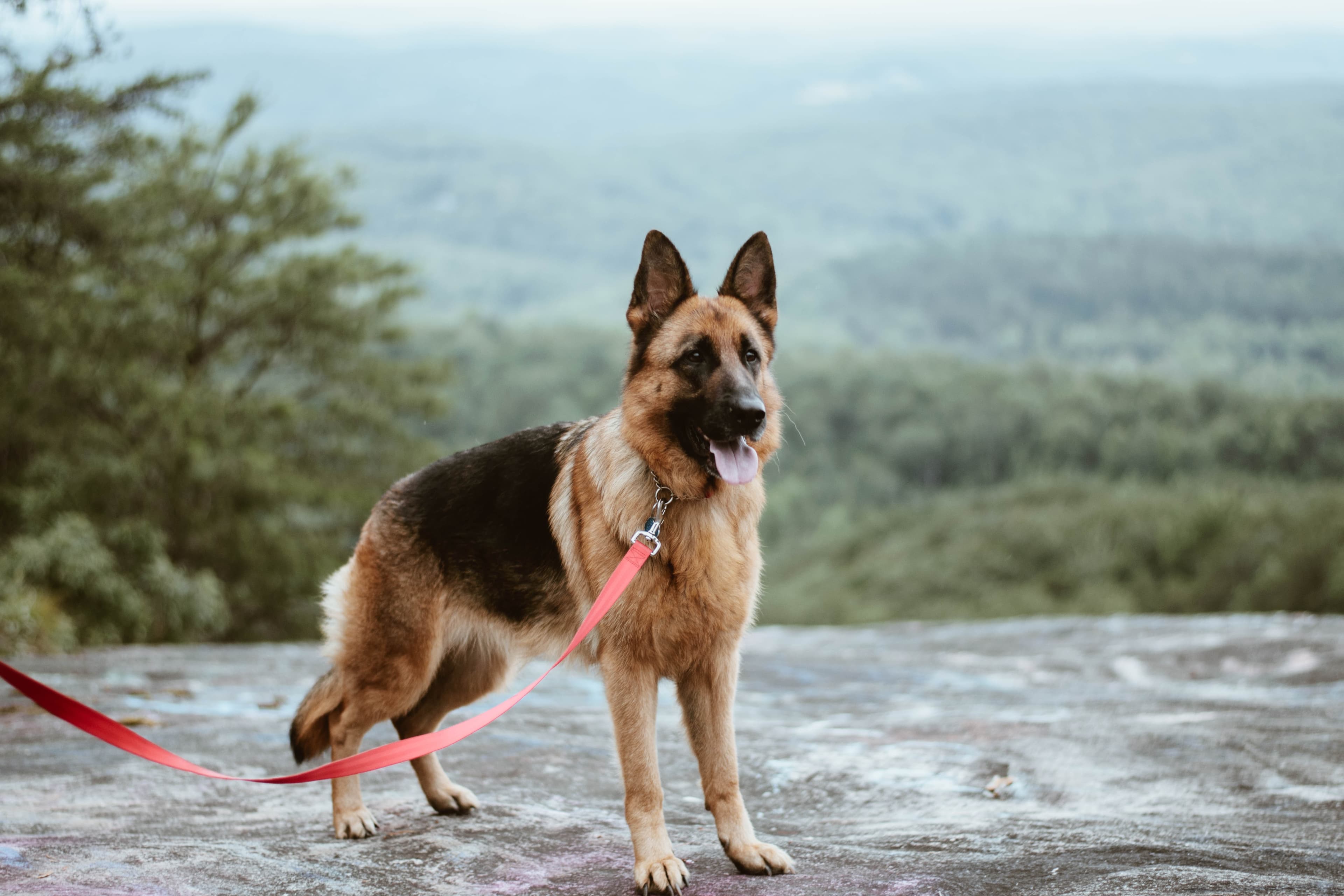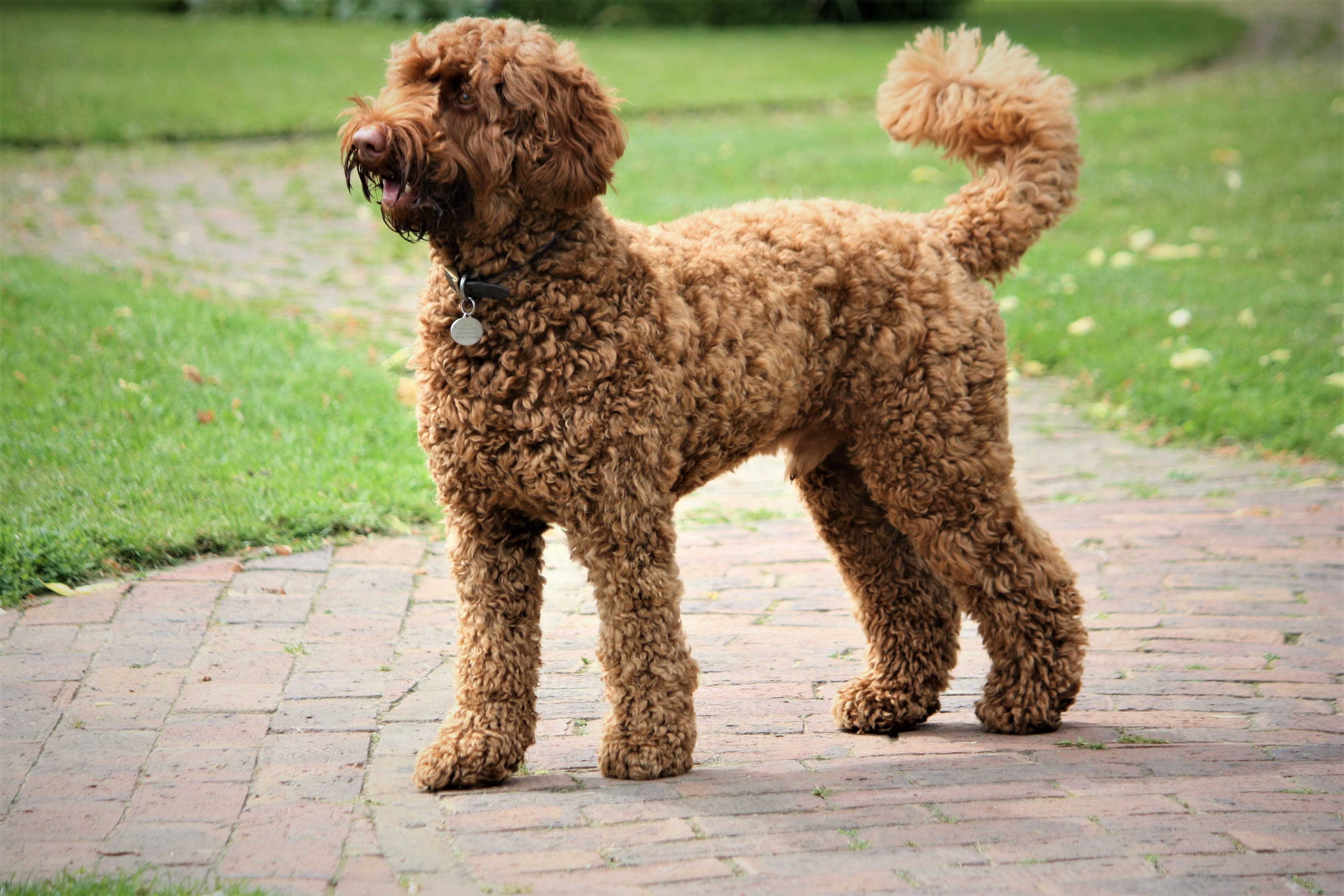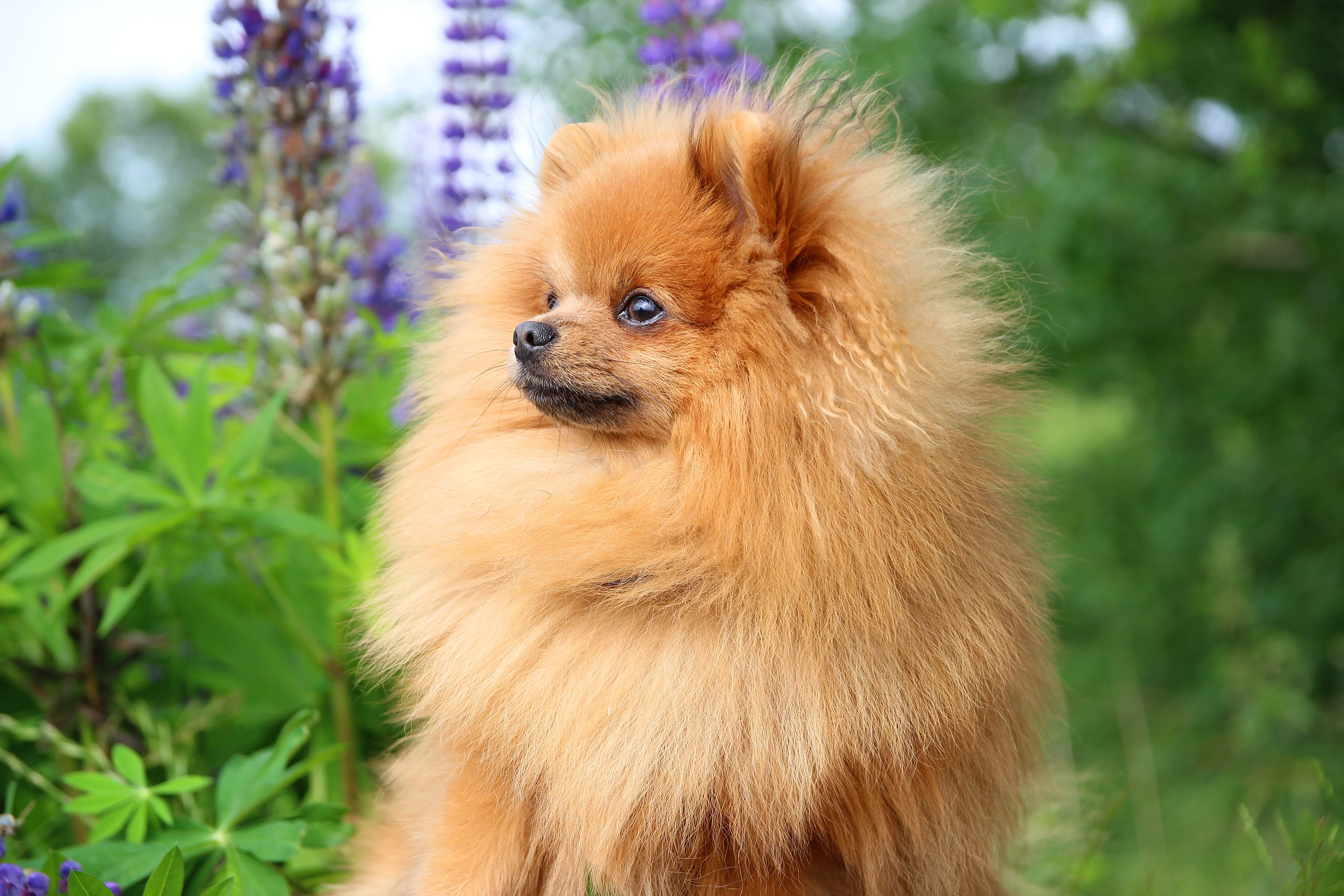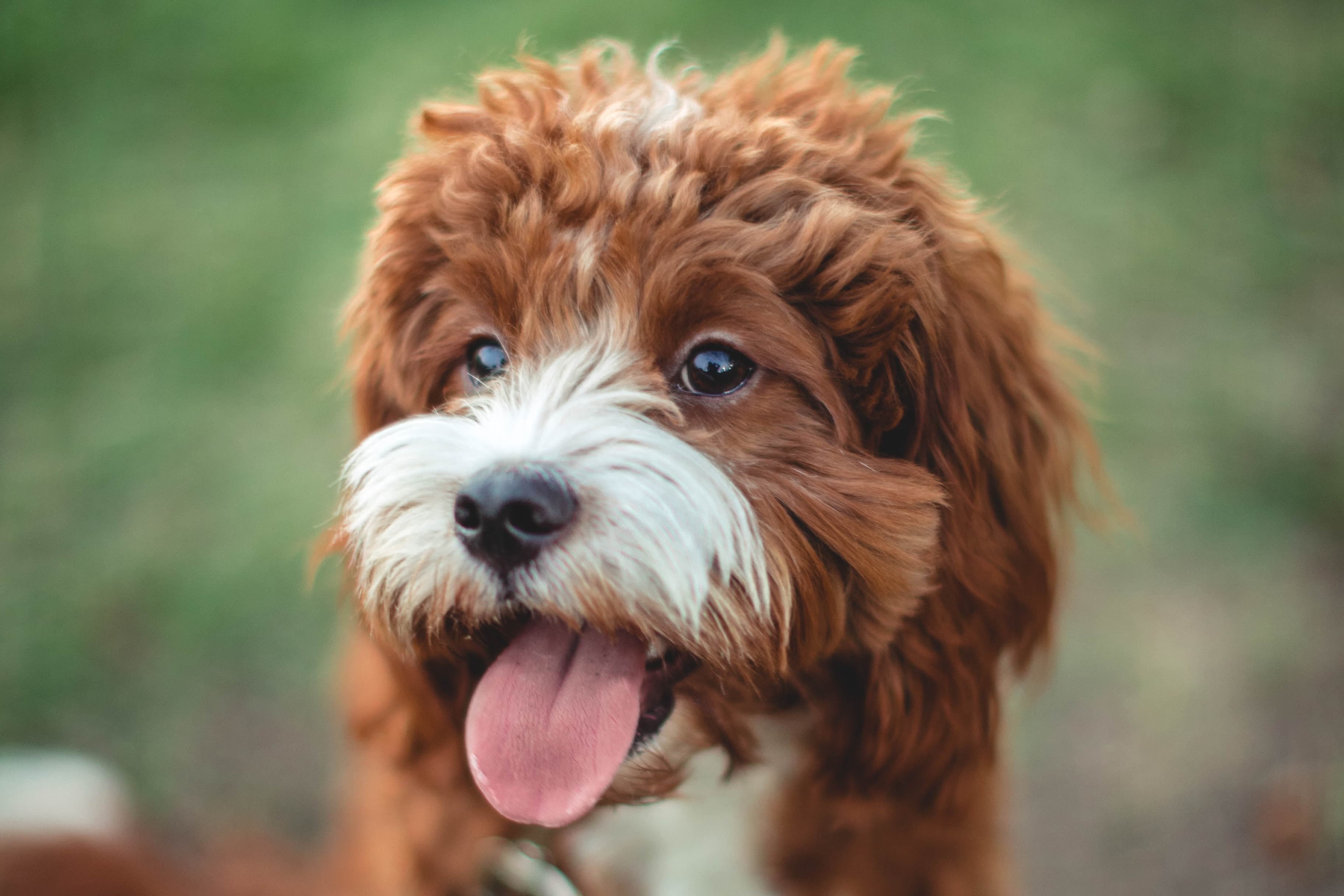German Shepherd's Guide
Brief info about your dog's breed, the German Shepherd:
Weight: Male dog 34-43 kg, Female dog 34-43 kg
Height: Male dog 64 cm, Female dog 58 cm
Energy level: Average
Life expectancy: 10-12 years
Tendency to drool: Small
Tendency to snore: Slight
Tendency to bark: Slight
Tendency to dig: Slight
Social needs: Medium
Intended for: herding, guard dog
Colours: Black with reddish brown, rusty brown yellow to light gray markings. Solid black.
Health problems: Skin diseases, back and joint injuries
The German Shepherd is one of the most popular and well-known breeds in Germany. They are large and stately dogs that are bred to be guard and watch dogs. Shepherd dogs are often easily taught and intelligent, but it is important to remember that they are large and active dogs that love to be occupied! They require daily exercise and activation to be at their best.
Grooming
The Shepherd's coat is made up of topcoat and undercoat which needs to be brushed and combed regularly. The coat comes in two varieties, "normal hair" and long hair. You only need to bathe or shower the dog if necessary, use a shampoo specially adapted for dogs.
Claw clipping
Your dog's claws need to be taken care of, of course! Claws should be clipped when needed, but a recommendation is not to wait too long, once a month may be enough. It's better to clip a little and often than a lot and rarely. You need to get your dog used to having its claws clipped from an early age, in the claw clipping course we give you our best tips on how to clip your dog's claws!
Lameness
The German Shepherd is a large breed that is at risk of lameness problems. You can learn more about the different types of lameness and what to do if your dog is lame in this course. Shepherds are also at risk of hip and elbow dysplasia, which can lead to both pain and mobility problems.
Skin problems
If you have a German Shepherd, you need to be aware that there is a risk of them suffering from skin problems such as allergies. Dogs, like us humans, can be allergic to something in their environment as well as something in their food. Learn more about the different types of allergies and what the symptoms are here.
Weight control
The German Shepherd is a voracious eater and will happily munch on its own food as well as leftovers from the dinner table. Try to keep an eye on what your dog eats so it doesn't become overweight. You can learn more about this in the weight control course. As a dog, being at a normal weight is important for them to feel as good as possible!
Socialisation
Socialising your dog is important. Start practicing environmental training at an early age, you need to let your dog experience both sounds and places that they will experience even when they are adults. Learn more about socialisation and environmental training here. If you have a large dog, it's also important to practice how it greets without jumping.
Lumps on Dogs
Especially as your dog gets a little older, there is an increased risk of getting lumps or neoplasms as they are also known as. A lump doesn't necessarily mean your dog has cancer, there are both benign and malignant lumps. It is important to detect malignant lumps early, as there is often a better chance of the dog recovering. So get into the habit of feeling your dog regularly. You can learn more about how to feel your dog and the different types of lump your dog can get in this course.






